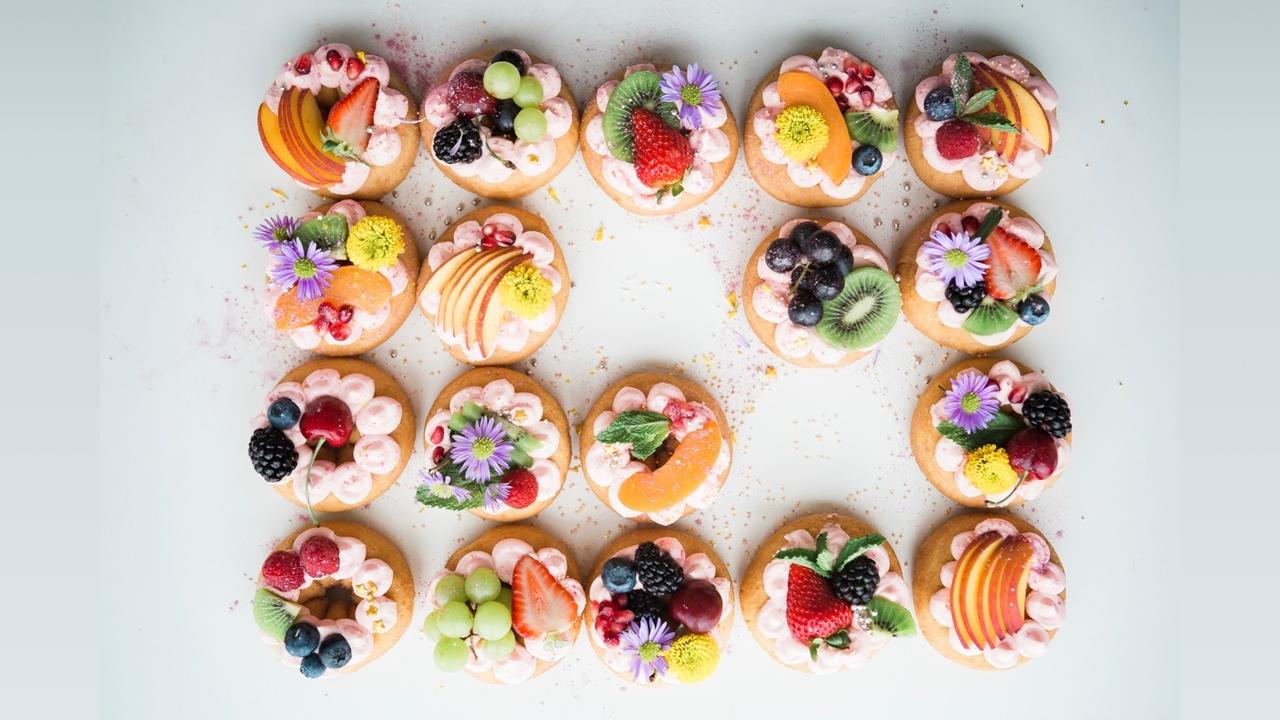Showhomes
Colour Psychology - Interior Design & Decoration - Brisbane and Gold Coast
The Comfort Colours Are The Incredible Edibles

The comfort colours that we currently incorrectly call 'neutrals', all have orange as their base. They are the warm whites, beiges, caramels, and browns. We unconsciously use colour to discern good from bad and to keep ourselves safe. Too pale or 'sickly' looking suggests an undercooked batch of baked goods, while too dark looks burnt. If selecting meat or seafood, too grey looks 'off', etc. Colour is an important indicator of whether a certain food is safe to eat.
It is not simply the 'look' that helps us decide to eat or not to eat food of a particular colour, it is also the meaning of the colour for you personally. What memories are triggered? What emotions does that colour stir in you?
In terms of edibility, common foods contain a lot of the warmer ROY end of the spectrum - red, orange and yellow. These are also the most comforting of the hues, making them easy to eat. The Greens we see as the healthiest and most natural food choices. Meanwhile, there are no truly Blue foods i...
What is Colour Psychology?

Colour is a powerful force that influences our perceptions and decisions on a moment-by-moment basis, yet we often dismiss its importance and take its powerful properties for granted. Many people lack an understanding of how to fully use colour to nurture and heal themselves and others. We interpret this knowledge with the study of Colour Psychology.
According to Wikipedia, "Colour Psychology is the study of hues as a determinant of human behaviour. Colour influences perceptions that are not obvious, such as the taste of food. Colours can also enhance the effectiveness of placebos (in medical trials). Factors such as gender, age, and culture can influence how an individual perceives colour."
Colour Psychology examines colour as it relates to human emotions. While studying Colour Psychology we learn about the emotional energy that each colour holds. We put words to these emotions so that we can better understand them. We see and feel and hear how colour has affected each of us individ...



